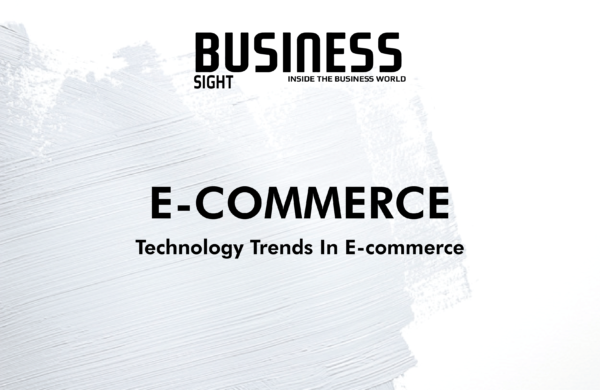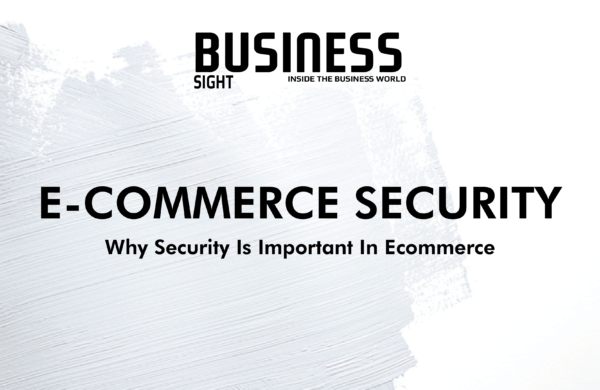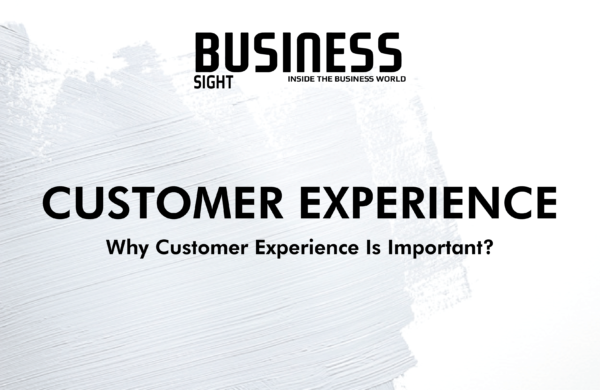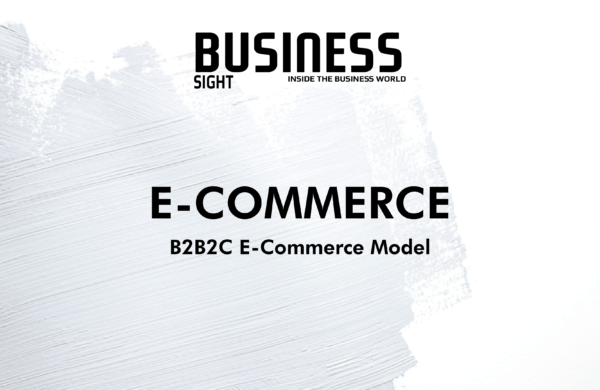The first item ever ordered online was a book from Amazon, back in 1995 and now, almost 25 years later the e-commerce industry has made over 2 trillion US dollars in sales worldwide and of course, there’s no looking back now. The data predicts that by the end of 2020, global e-commerce sales will reach $4.2 billion and making up 16% of total retail sales while e-commerce around the world is on the rise at a steady pace. If your business isn’t joining the revolution you could be missing out on the projected $4.8 trillion in retail e-commerce sales projected worldwide for 2021.
Ecommerce has evolved to meet the changing needs of people and to make online shopping easier for the modern-day customer but for store owners, it isn’t as simple as sitting back and watching the cash flow in. The online market for products has never been bigger while competition online is steeper with prices skyrocketing across advertisements and customer retention. The way of shopping is changing and you need to keep pace with it by keeping a constant eye on the latest trends in e-commerce. Backend efficiencies and frontend conversion-optimizing experiences both are important for your business and by implementing the latest trends to grow in 2020, you can get excited about the growth. Why trends are important? To stay ahead of the competition, if you don’t keep up with e-commerce technology trends, you’ll risk falling drastically behind.
Online shopping is one of the most popular online activities which makes Online Sales Growth is Unstoppable. The sales are projected to increase from 1.3 trillion in 2014 to 4.5 trillion in 2021, which is a huge number, almost equals the growth of over 7 years span. Shopping online has many advantages from saving time going to multiple stores, research to price check in the privacy of your own home, access products from stores far away, and just generally save time and money and with the increasing popularity of e-commerce stores, a rising number of people are turning to online shopping.
Online stores do not have a retail clerk who can recommend products based on your interests, tastes, and preferences hence e-commerce companies are leveraging personalization opportunities throughout the shopping journey because the growth of mobile commerce has been noteworthy. While fast shipping options have been able to lend online shopping almost the same instant gratification of retail shopping, there has historically been one downside: you can’t feel the product or see it on your body or in your home. This is where companies are with innovative ideas such as implementing AR to make visualizing the product in your life possible. People don’t just shop online, they also use their mobile devices to browse or research before making their mind up about their purchase as 35% of people say that they would be shopping online more if they could virtually try on a product before buying it, and 22% would be less likely to visit a brick-and-mortar store. Therefore, implementing technology in your business will get more sales.
Robots such as chatbots and artificial intelligence (AI) designed to enhance a customer’s overall shopping experience and Artificial Intelligence (AI) will reach $7.3 billion per annum by 2022, up from an estimated $2 billion in 2018. Whereas, chatbots can fulfill a number of customer service needs, from answering questions about a product to discussing a complaint along with AI so that they can learn from customer conversations and eventually evolve to suit each person’s taste.

















